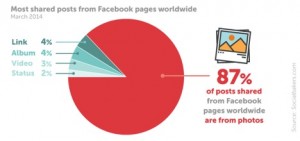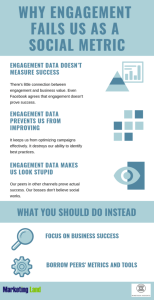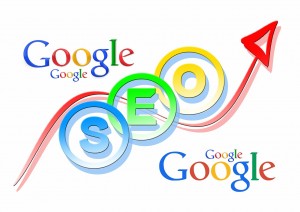
“Lead generation” is the kind of term that makes marketers light up…
… and everyone else’s eyes glaze over.
If you have a passionate, talented sales and marketing person on your team, then you can probably disregard this post. They’ve likely got you covered. But, if you’re like a lot of small business owners, the sales and marketing part falls on you (and you’re already busy), gets piecemealed out to various team members, or forgotten altogether.
Lead Generation Can Be Fun And Effective
At BuzzPlant, lead generation is one of our specialties. We use all kinds of tools to help our clients attain new customers and generate more sales. Some of these tools are technical and more “high-level” than what our clients can do for themselves. But a lot of what we do is relatively simple; it just takes work, follow-through, and a little bit of audacity. These are the lead generation tools I’d like to share with you today.
7 Lead Generation Tools You Can Use
- Gated content. “Gated content” describes any product (usually an ebook, video, learning course, etc.) that requires the user to give something up in order to gain access. This lead generation tool serves two purposes. One, you get information from the user (typically an email address that you can add to your email list). Two, gated content, in our experience, is more likely to obtain warm leads than cold If a user is willing to provide you with information, they’re probably more likely to buy your product than someone who’s only going to read your blog. (Also, the fact that you’ve put a gate in front of the content plants the idea in the user’s subconscious that this content is more valuable than your “un-gated” content.)
- Speaking of email lists, I strongly suggest you create and use mailing lists. With the hundreds of lead generation tools that have developed since the heyday of email marketing, many marketers have falsely assumed that email is no longer useful. Just Google “email marketing dead” to see all the evidence that this platform is very much alive. (Here’s one of my favorite posts.) Tools like Mailchimp are easy to use and allow you up to 2,000 subscribers and 12,000 sends with the Forever Free Plan. Not a bad start!
- Write your own or contribute to someone else’s… just write! I’ve authored a couple of my own books, and frequently contribute chapters to other experts’ books. Get your knowledge out there; show potential clients what you can do.
- Blogging is good, but syndication is great. I’m a big advocate of regular blogging. But more importantly, get hooked up with some good syndicators. Use blogs to answer the questions that your potential clients have. Give them solutions for their pain points. Some readers might be able to use your advice; others will just buy your product or service and have you do it for them!
- Talk to current clients. Do you do good work? Are your clients happy with the results? Then ask them if they know anyone else who could benefit from your services. Chances are they do, and they would be happy to refer you.
- Hook leads with “free.” Dropbox, Podio, and many other cloud-based services are excellent at providing free services to users who have basic needs. But, as those users grow and become more reliant on the service, they eventually upgrade to the paid version.
- Create viral content. This one’s easier said than done. However, viral content is one of the most powerful lead generation tools you can use, as it spreads like wildfire through your target networks and industries.
Business Articles | Business 2 Community
(383)








